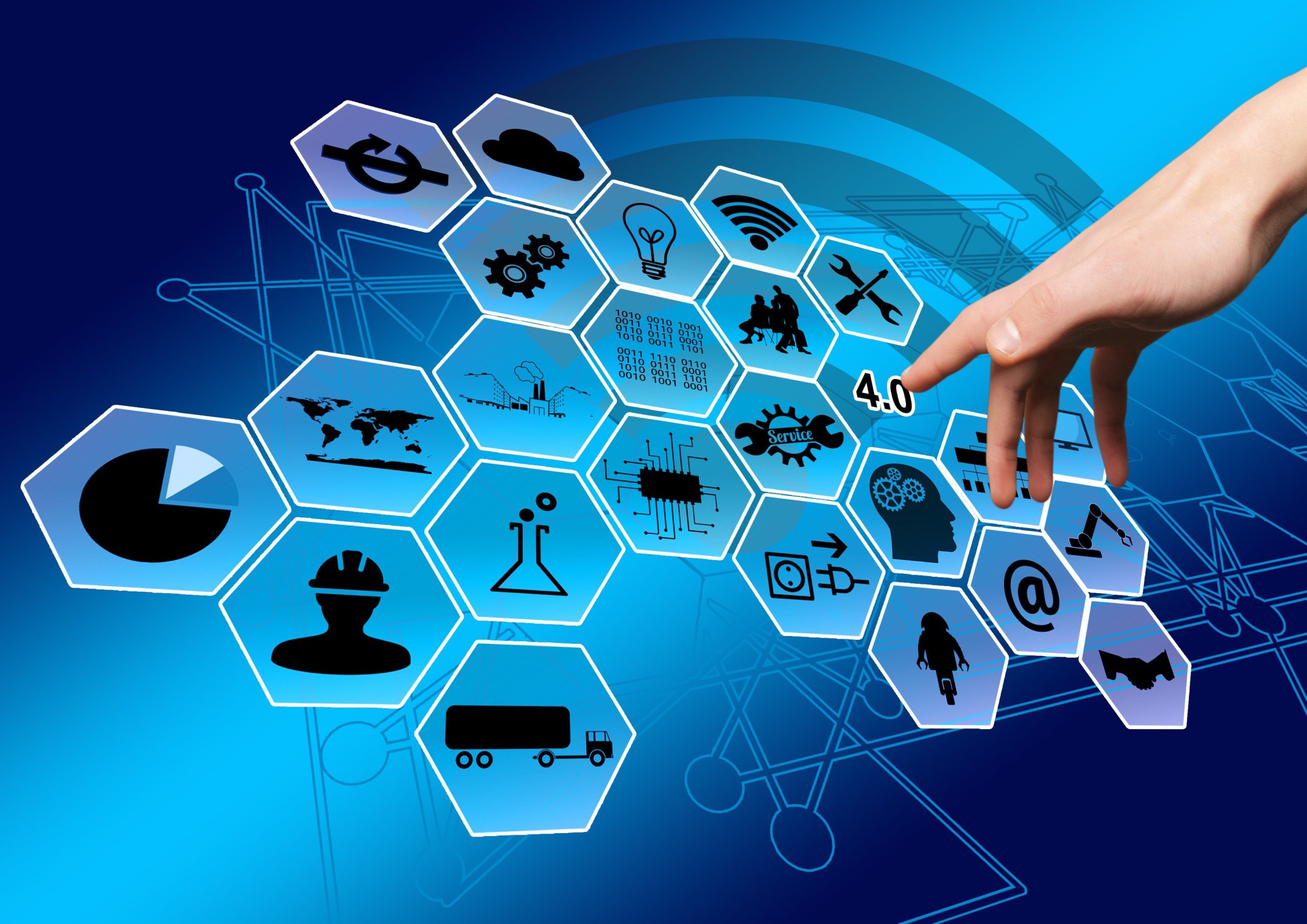The Internet of Things Can Improve Education
April 17, 2019 - 8 minutes read
Compared to other fields, education has some catching up to do when it comes to technology. The Internet of Things (IoT) is one of the biggest emerging technologies of this era. Can it help the education sector transform itself to be ready for the future?
Education Is Falling Behind Emerging Technology
IoT development has unlocked a new age of global interconnectivity; objects and devices previously disconnected are now coming online and changing the way we interact with the inanimate. Everything from cars, ships, farming equipment, manufacturing facilities, homes, medical devices, and even city municipals are embracing these changes.
But education is lagging far behind these rapid advancements. The WEF Future of Jobs Report 2018 found that while technological innovation was transforming the global labor market, humans remain largely unprepared for this new era of connectivity and automation.
IoT Can Enable Innovation In Education
What do you imagine when you hear the term “IoT-enabled education”? Maybe a technologically-advanced classroom with smart whiteboards comes to mind? That’s not at all far from the mark. But in truth, IoT innovation starts far before students even step foot in the classroom.
Let’s look at the school bus for example. With IoT connectivity, buses can inform parents of their child’s location and notify them when they’ve reached school. On the flip side, children can utilize Internet access to do homework or consume educational content on the way to school.

- Interactive smart whiteboards
- Security cameras equipped with computer vision
- Smart lighting to enable predictive maintenance
- Smart HVAC systems
- Environmental sensors to measure parameters like temperature
- Student identification cards
- Automated attendance tracking systems (can be used in tandem with ID cards)
- Smart door locks and lockdown protocols
Crucial Components of the Smart Classroom
While each of these devices varies in its applications, they do all have a few factors in common — and each plays a central role in creating impactful, positive change in the educational system.
Real-Time Insights
Feedback, whether it’s on end-of-term reports or test results, is a cornerstone of education and student improvement. When coupled with data analytics technology, Internet-connected devices can help educators monitor and manage various facets of education such as testing and classwork. In turn, this allows them to provide more agile, personalized instruction to each student.
Visualization
Beyond education, IoT is also capable of making schools safer. Smart IDs or wearable wristbands eliminate the legwork of knowing if a student is entering or exiting school premises. This means teachers can say goodbye to students sneaking out between classes.
It also means that school facilities will know when an unauthorized person or intruder is on school grounds. Add in smart security cameras, which can monitor hallways and perimeters, and school security can become rock-solid.
Optimized Resource Allocation
IoT also allows for smarter use of all the resources necessary for a great school day. Smart lighting and HVAC can significantly cut down energy costs by functioning only when needed. Lighting and audio-visual settings can also seamlessly be adjusted per a teacher’s specifications to deliver a better learning experience.
The Obstacles in the Way of Better Education
Of course, before widespread IoT implementation in our educational systems can be achieved, we must first deal with the obstacles impeding it: cost and security. Funding IoT projects for educational institutions is easier said than done, and this largely is tied to the perspective of the technology.
Many people aren’t clear on the benefits that IoT can provide, but that doesn’t stop them from assuming that it would result in a “1984” type of environment. If we are to implement IoT on a large scale in education, we must allay everyone’s fears that the advantages greatly outweigh the cons.
The second problem, security, is a much more real issue. We’ve previously covered the need for IoT manufacturers to step up their security game. And it only becomes more imperative in the case of education. Without proper protocols, the privacy and security of students are at risk when they interact with any IoT network. If their ID credentials are linked to other vital information such as health records, this becomes an even more serious issue.
If both of these problems can be taken care of, IoT integration will be a natural occurrence. Students already live in a connected world. And they’d probably be more excited than teachers to bring education up-to-speed with other facets of their lives. But it’s something that can only occur with all parties being involved.
What are your thoughts on IoT and education? Do you think that it’s only a matter of time before we see this technology implemented from New York City to San Diego? Let us know in the comments!
Tags: education, education app, education startup, education tech, education technology, internet of things, internet of things app, internet of things app developer, iot, IoT app developer, iot app developers, iphone app developer new york city, New York City mobile app developer, New York City mobile app developers, New York City mobile app development









